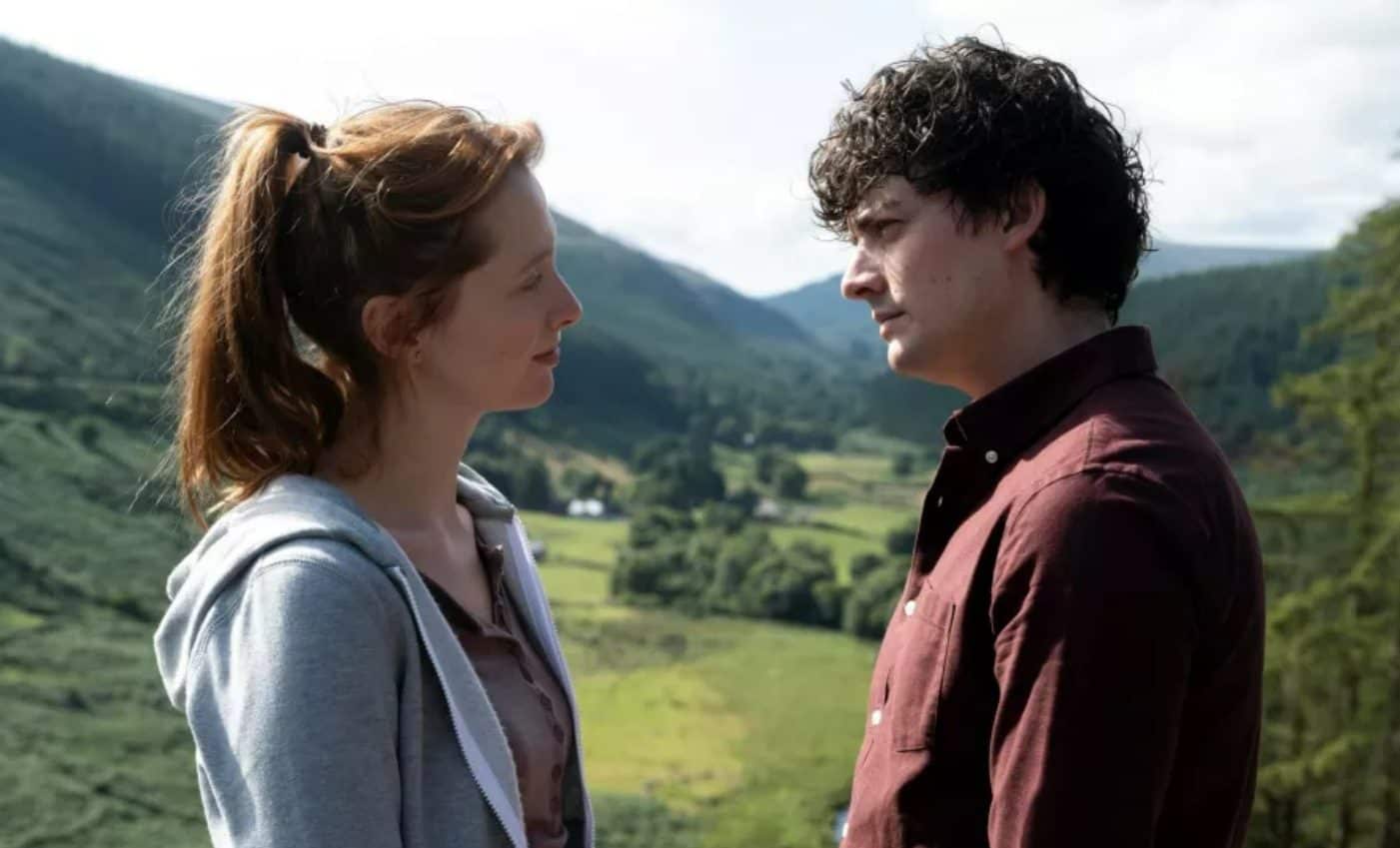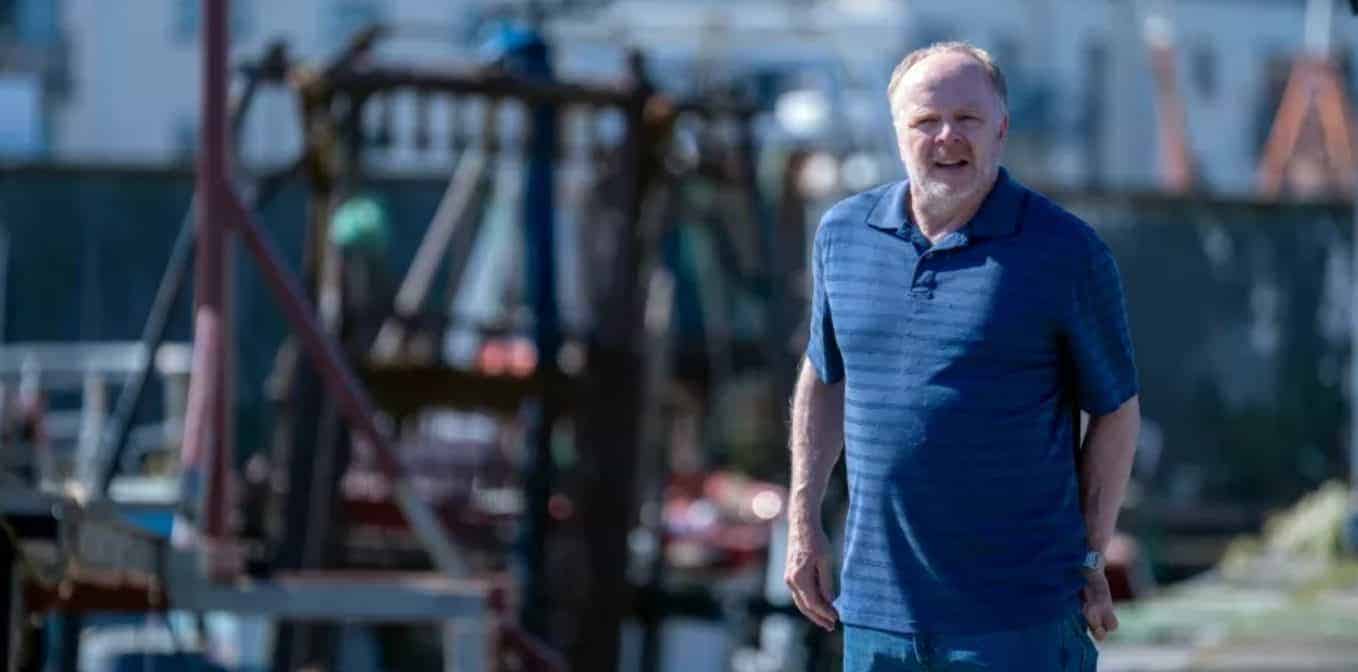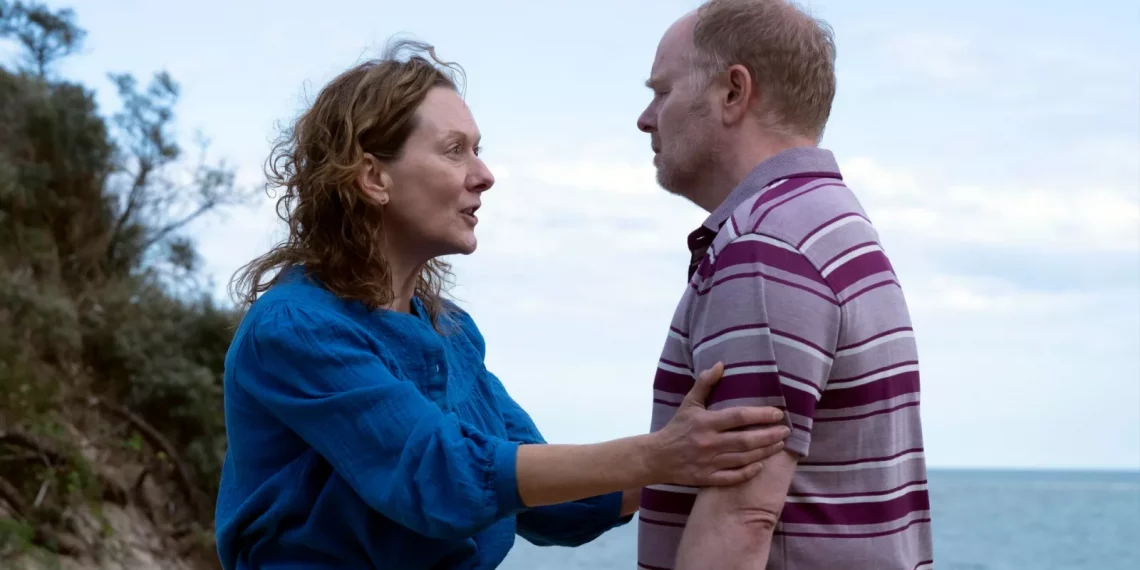January 25 saw the premiere of The Catch on Channel 5. Popular novelist TM Logan’s book of the same name inspired the 4-episode television series, which stars Jason Watkins in the lead role. The Catch book’s ending, however, is already expected to be drastically altered on screen, according to people who have watched season 1 have noticed differences between the book and the series.
The tale’s protagonist is a bereaved father named Ed, who fights mightily to keep his family together when his daughter’s suspicious lover shows up and threatens to destroy the life he’s worked so hard to rebuild after losing his daughter. With the drama taking place against a stunning coastline background, viewers have been curious to learn the precise location of the show’s filming.
Continue reading to learn the locations of the drama’s main shots. Drama lovers may be shocked to learn that the action was shot in a completely different area than the one where it is set. Ed Collier, a local fisherman, finds it difficult to earn a good livelihood due to other fishers. His daughter Abbie introduces her parents to Ryan, her new lover.
Ryan is a successful young man with good looks and money, but Ed doubts him. Given that their kid was killed in a boating accident fifteen years prior, Claire, Ed’s wife, believes her husband is being understandably overly protective. Ed looks into Ryan’s past with the help of George, Abbie’s ex-boyfriend, and is shocked by what he discovers.
The Catch Filming Locations
Bray and Balbriggan Harbour, two locations in Dublin, served as the backdrop for The Catch. Bray is a seaside town on the east coast that is about 12 miles south of Dublin’s downtown. Ardmore Studios, which is located in the town, is probably where some of the interior scenes for The Catch were shot. As is The studio opened its doors in 1958 and is the only four-wall studio in Ireland.
Numerous well-known Irish and international productions have been shot there, such as Veronica Guerin, Fair City, Braveheart, My Left Foot, and The Spy Who Came in from the Cold. Two of the many reasons to come to Ireland to film are that it’s easier to film here and that Ireland has excellent crews. The director of The Catch, Robert Quinn, made this statement on the decision to film there.

Since we collaborated with the fisherman in the harbor, I don’t think we would have had the same flexibility in other parts of England. Situated around three miles northwest of Skerries on the north County Dublin coast, Balbriggan Harbour is a small fishing harbor on Ireland’s east coast.
Baron Hamilton spent £15,000 building the outer Balbriggan Harbour region in 1763, according to eOceanic. The harbor facilitated the development of sea fishery and coastal grain commerce. Grasmere House in Sutton, Dublin, is thought to be Phyllis’s home from The Catch.
Dr. Patrick Hillery, the president of Ireland, previously owned the house. The Irish Times describes Grasmere as a big home from the early 20th century, with the sea and sand less than a hundred yards from the front door. Up until the death of his wife Maeve in 2008, Dr. Patrick Hillery and his family spent more than 40 years residing on the land.
The actress who plays Claire, Cathy Belton, revealed that Paddy Hillery, the president of Ireland, formerly resided at Phyllis’s home. It is currently vacant and under use for different movie endeavors. The sand was piled up at the door and all around the home by the set designer for that, which was shot on one side of the city.

Additionally, we filmed every beach scene on the opposite side of the city. It was everywhere in Dublin. The Catch is set in a nameless coastal town in southwest England, even though it was filmed in Ireland. The series is based on TM Logan’s novel, which is situated in Nottingham and the Peak District, especially Dark Peak; however, both locations are very different.
In the book, Ed is not a fisherman either; this profession has been altered to fit the show’s coastal setting. The Peak District is a prominent theme in the book and serves as the backdrop for the last confrontation between the main characters in the last few pages.





